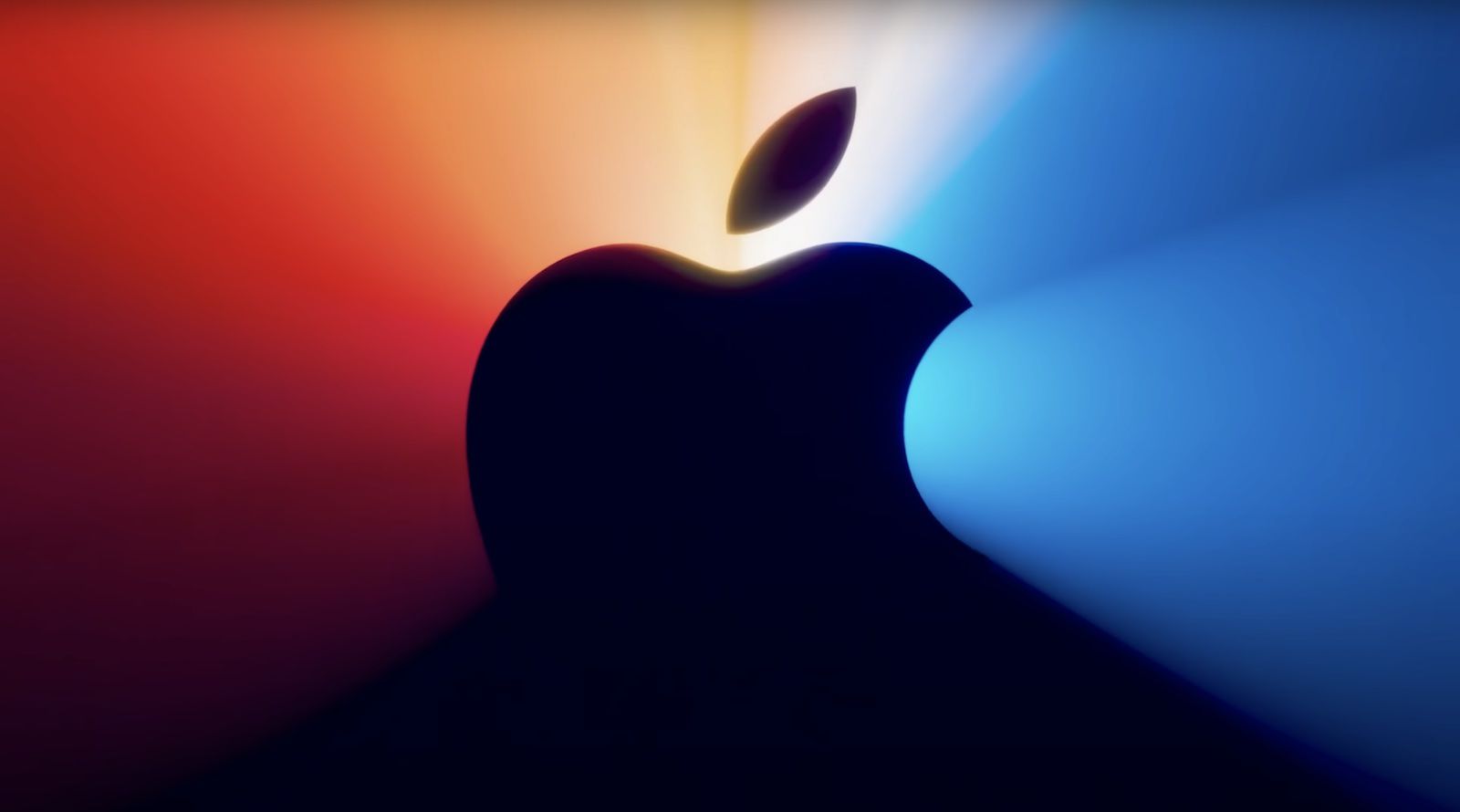and while it's not entirely clear which new Mac will be unveiled next month, Gurman speculates it's likely to be a high-end Mac mini and a refreshed low-end 13-inch MacBook Pro.
Given that two of the oldest Apple Silicon Macs in the lineup today are the entry-level MacBook Pro and Mac mini, I'd guess that those models will be next to be upgraded.
That does not make much sense. Why would it be narrowed down to just oldest 'Apple Silicon' Macs and not 'oldest Macs' ? Apple is trying to sell as many Intel CPU as possible over 2022? In June 2022 Apple got up and said "going to be done with transition in 2 years" and two years later they are actively trying to miss that deadline? The 'lower half' M1 Mini probably isn't top priority.
It seems far, far, more likely that at least one of these March Mac roll outs is removing at least one of the remaining Intel Macs. Going to "round 2" on a the ones you already transitioned when still asleep at the wheel on remaining set is a head scratcher.
The easiest thing to do is just put a M1 Pro/Max into the existing Mac Mini chassis. Call it new "Mini Pro". No new gyrations on chassis design needed. The "upper end" Mini is from. 2018! If you look at the current leading edge competing desktop processors on the Windows for a smaller "mini sized" computer , the Mini is way past stale. This is like the four year gap between the 2014 and 2018 Mini. Time to snap out of Rip van Winkle mode.
The 27" iMac Pro is probably entangled in some miniLED supply chain drama. That could be announced at WWDC 2022 so as to not add it to the "dog ate my homework" excuse pile, but doesn't ship until closer to July. The multi-die Mac Pro SoCs might need some new macOS feature to demo on WWDC 2022 and release in October with new macOS 13. They claim "finished" on transition with some future targeted timeframe promises. They'll need some June 2022 isn't actually 'two years' relative to June 2020 explanation.
The other largely by-pass industrial design options for March are just to bump iMac 24" and (mostly misnamed) MBP 13" to M2. ( If go to website there are no supply chain delays on ordering these. ). That would give Apple three over $1,200 systems to sell which should be good for goosing Mac revenues for Q2.
The M2 Mini likely is getting a case redesign. So is the MBA (which could also be entangled in miniLED supply chain drama). The industrial design folks also have iMac 27" , maybe discrete monitor/thunderbolt docking station, and half sized Mac Pro also to do. Also probably distractions of VR/AR goggles , money pit Car project, ever present iPhone iterations , iPad Pro updates, etc.
The smaller Mini (M2) slides into the Fall because was de-prioritized behind iMac 27" and "half sized" Mac Pro for design resources. MBA slides while Apple ponders how much to raise the base price. The M1 MBA was likely the highest selling M1 and so probably the last one off . They will probably use it to suck up the dregs of the M1 supply at the end. (and it happens to force folks to higher priced Macs if want to get to M2 'early'; so more profits too ).



